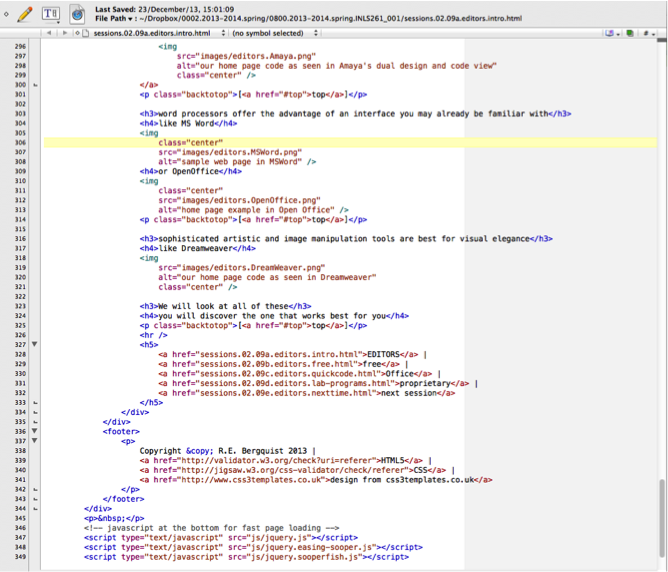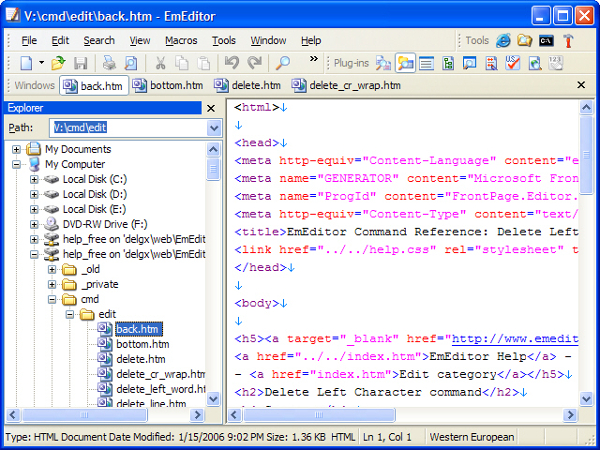
Global utilities that are available to use within any application ( TextSoap, Paste).īefore I share some tips, a few caveats (remember, I promised a lazy approach). Text editors that are primarily designed for coders ( TextWrangler, Brackets, Sublime Text). I use three kinds of tools to rework text: Plain text can be opened in many applications, and can be copied easily between them. I use a combination of tools, and switch between them, depending on which is easiest to use for a specific purpose. These tools have enhanced editing features lacking in word processors, particularly the many “distraction free” apps designed for writing in Markdown.īecause none of the wrangling applications was designed specifically for text prose, no one application does everything I want. As writing in plain text becomes more popular (in Markdown, Textile, AsciiDoc, or reStructuredText), more people are using coding tools to write. Ironically, none of these applications was designed for writers most were designed for coders or data geeks. Many applications have useful features to wrangle plain text. Editors can wrangle “raw” text fragments, to define themes and structures, and unify editorial consistency. This editing occurs during a “pre-drafting” phase, before the text evolves into a readable “draft”. It uses functionality available in different applications to reduce typing and cut-and-paste operations. Text wrangling applies large scale changes to text, by automating some low level transformations. Instead of editing a single document, text wrangling involves gathering text from many sources, and rewriting and consolidating that text into a unified document or content repository. Text wrangling differs from normal editing.  Clean up text acquired from different sources. Ingest content from different sources that may be in different formats. When trying to manipulate text, word processors are rather clumsy. They aren’t designed to support the reuse and repurposing of existing content. Word processors (Word, iA writer, Scrivener, etc.) are designed for people writing fresh content. It can also clean up content from different sources, such as standardizing spelling or wording. Text wrangling can restructure and renarrate information. For example, information in a list could be converted into a table, or vice versa. Text wrangling converts and transforms information at different levels of granularity. We can edit and fine tune all these levels using plain text. Phrases that combine several strings together. Names, words, dates, numbers and other discrete strings. HTML can describe text content that contains different levels of information: Each format involves implicit forms of structure, at various levels of granularity. Content designers may acquire digital text that exists as HTML, as CSV (a barebones spreadsheet), and even as PDF. Digital formats can, however, be converted to some flavor of plain text. I wanted better tools to manipulate text encoded in different formats, and change the structure of the content.ĭigital text is generally not plain text. Cutting and pasting text is tedious, especially if the text is formatted. Even if I were a fast and accurate typist, retyping large volumes of text that already exists is not desirable or feasible. This content offers possibilities to combine and remix information to highlight specific themes. I want to reuse public information from different sources and in different formats (e.g., lists, tables, descriptive paragraphs). For a personal side project, I’ve been exploring content design options, using representative content, for a prototype. Reusing and repurposing text is helpful in many situations.
Clean up text acquired from different sources. Ingest content from different sources that may be in different formats. When trying to manipulate text, word processors are rather clumsy. They aren’t designed to support the reuse and repurposing of existing content. Word processors (Word, iA writer, Scrivener, etc.) are designed for people writing fresh content. It can also clean up content from different sources, such as standardizing spelling or wording. Text wrangling can restructure and renarrate information. For example, information in a list could be converted into a table, or vice versa. Text wrangling converts and transforms information at different levels of granularity. We can edit and fine tune all these levels using plain text. Phrases that combine several strings together. Names, words, dates, numbers and other discrete strings. HTML can describe text content that contains different levels of information: Each format involves implicit forms of structure, at various levels of granularity. Content designers may acquire digital text that exists as HTML, as CSV (a barebones spreadsheet), and even as PDF. Digital formats can, however, be converted to some flavor of plain text. I wanted better tools to manipulate text encoded in different formats, and change the structure of the content.ĭigital text is generally not plain text. Cutting and pasting text is tedious, especially if the text is formatted. Even if I were a fast and accurate typist, retyping large volumes of text that already exists is not desirable or feasible. This content offers possibilities to combine and remix information to highlight specific themes. I want to reuse public information from different sources and in different formats (e.g., lists, tables, descriptive paragraphs). For a personal side project, I’ve been exploring content design options, using representative content, for a prototype. Reusing and repurposing text is helpful in many situations. TEXTWRANGLER COMPARE HOW TO
This post will describe how to edit plain text content when different sources provide raw text that is used to develop new content. The growing popularity of plain text opens new opportunities for the creative reuse of text content, because plain text is inherently portable, able to move between different applications easily. Yet little attention has been given to how to work with plain text when editing material originating from many different sources. They swear by the zen-like benefits of writing in plain text.

Writers of all kinds are adopting Markdown, the plain text writing format.

Writing in plain text is increasingly popular.







 0 kommentar(er)
0 kommentar(er)
